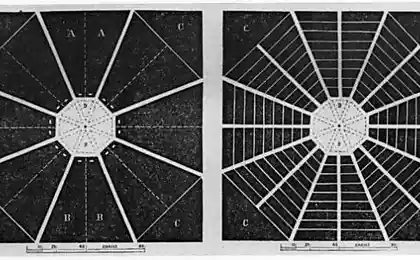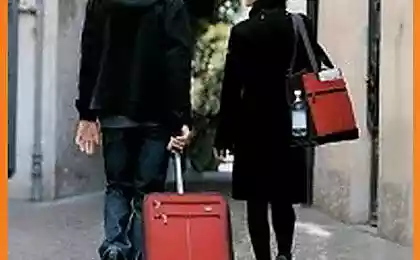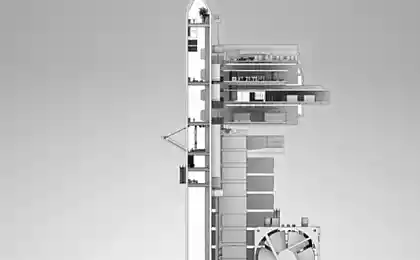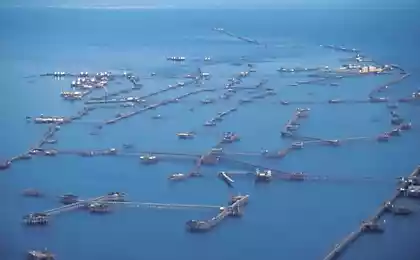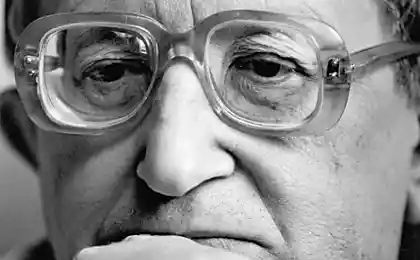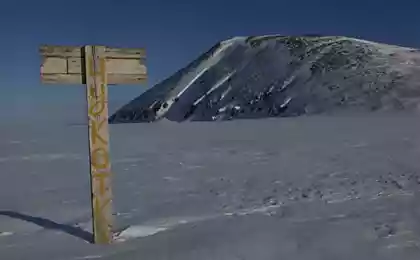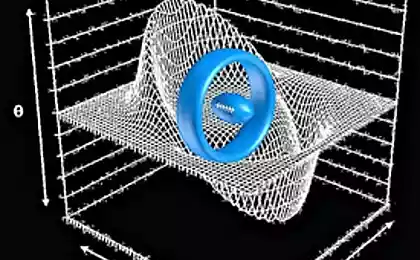1340
Curitiba. Urban Utopia
Authors art agency The July 16, continue to investigate the processes of urbanization on examples of public areas in various parts of the world. This time, the focus turned Brazilian city of Curitiba, where the modernization of the urban environment like the revolution took place: with the protests, demonstrations and painful break with the centuries-old way of life.
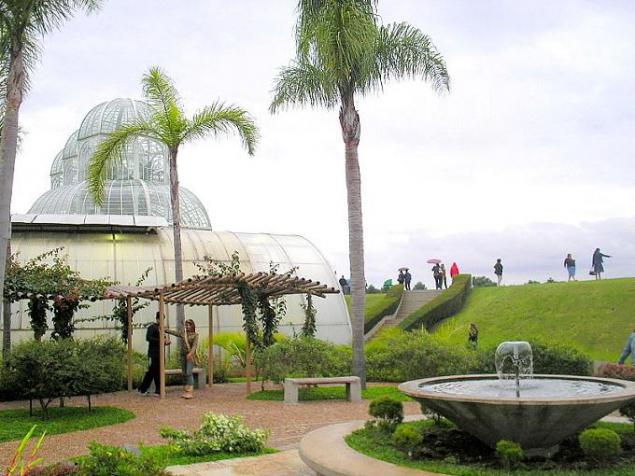
Today, Curitiba is known as the "ecological capital of Brazil." While in the second tier of Brazilian "millionaires", immediately after the Rio de Janeiro and Sao Paulo, Curitiba came out on top in terms of life in Brazil. But it was not always so.
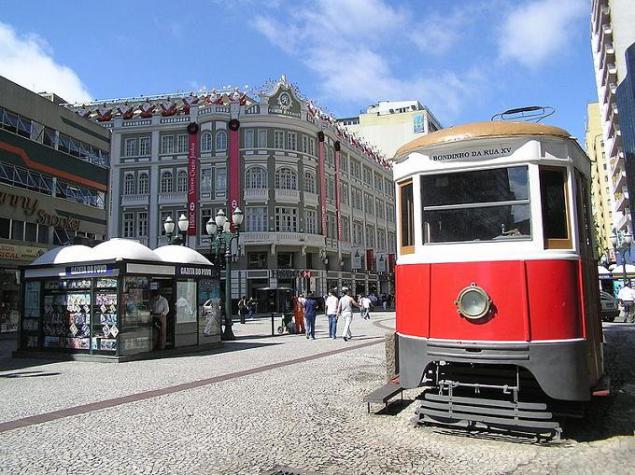
Curitiba did not play a significant role in the development of Brazil until 1853: then this little southern town became the capital of the State of Parana. But tactics are inconsistent government capital brought to desolation: the unfinished huts side by side with the elite high-rise buildings, the city had a shoestring budget wasted on the construction of highways. Bad road led to the pair of air pollution, more frequent flooding. In a society reigned: universal poverty, unemployment, increased levels of juvenile delinquency.
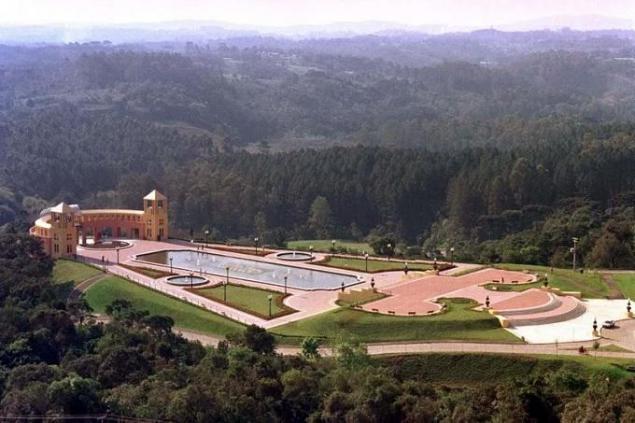
As in such difficult conditions, without funding the city managed to rise from the ruins and provide a high quality of life? On social activity not count - the population of Curitiba was not ready to fight for a dignified existence. Initiative for the Development of urban space took on one person - the mayor of the city engineer and architect Jaime Lerner (Jaime Lerner).
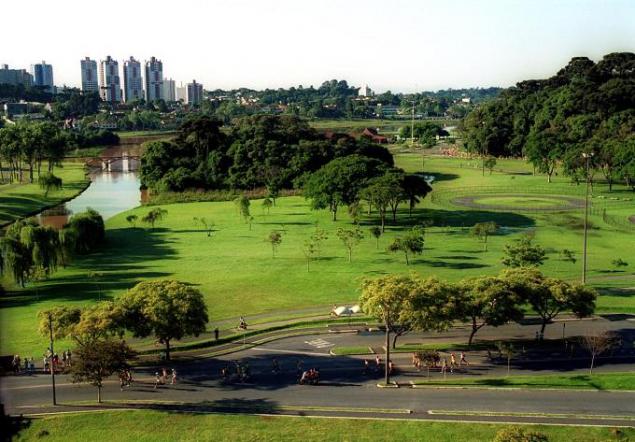
The revolutionary program of the mayor, the architect called "triangle of Lerner." Its concept involves not only the modernization of the urban space (creation of a unique landscape, a change in the public transport system), and social security of citizens - both material and spiritual.
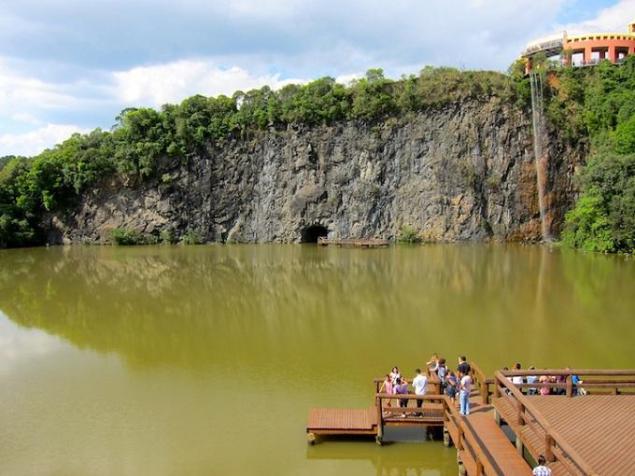
From the city of Curitiba vehicles turned into a "city for people": 160 kilometers of bicycle paths are combined with 31 fleet. Taking a walk on the updated downtown pedestrians breathe fresh and clean air, as car traffic brought outside the city and allowed only five runs. In the center of the city is now romp only eco-buses that move noiselessly along magnetic rails. Urban infrastructure as much as possible take into account the personal space of each person: no crowding at bus stops. Do you want to ride - to stand in line. And from the Brazilian sun protection glass cylinder, raised above the ground. People began to get out of their homes, and residents in the dictionary a new term - "walk." After all, before the arrival of a Lerner it was almost impossible.
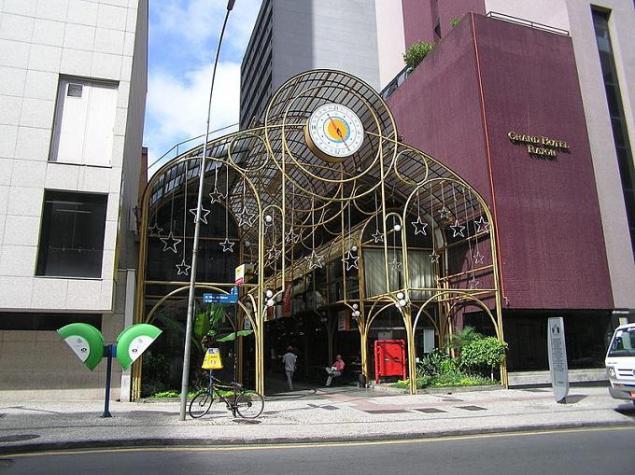
Cleared of urban space and impose order in the minds of citizens. The initial protest of the working population, slogans calling dig unique landscape gave way to active citizenship in favor of modernization and improvement of the urban environment. Thus, the unemployed or low-income residents of Curitiba pick up the garbage and bring it to a special database, and in return receive food or free use of the eco-bus. Urbanization of the population - another cornerstone of the policy of Lerner. In the minds of the townspeople gradually laid the new values: a decent education, a stable income, mutual respect. Every resident of Curitiba obliged to land at least one tree. He even plants do not buy - the government gives out free for two seedling buyers of land.
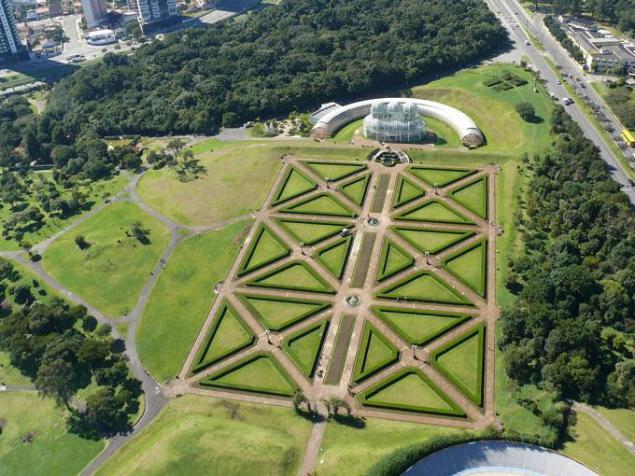
The model developed in Curitiba, is taken over a variety of countries from poorer third world metropolises to giperurbanizirovannyh of the first echelon. Among the fans of Curitiba you can find and Russia. In 2008, at the invitation of the governor of Perm, Oleg Chirkunov, the former mayor of Curitiba, he visited Perm region and participated in the development of a new concept of development of the city.
Opera Aram
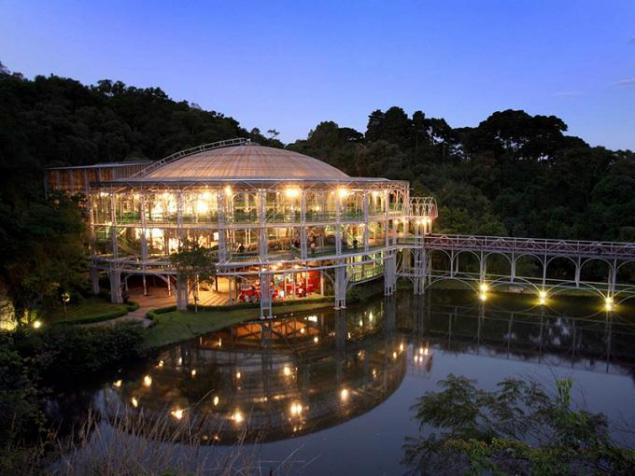
Oscar Niemeyer Museum
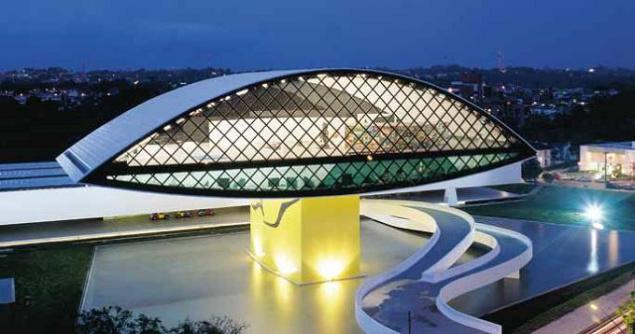
Case Western Reserve University

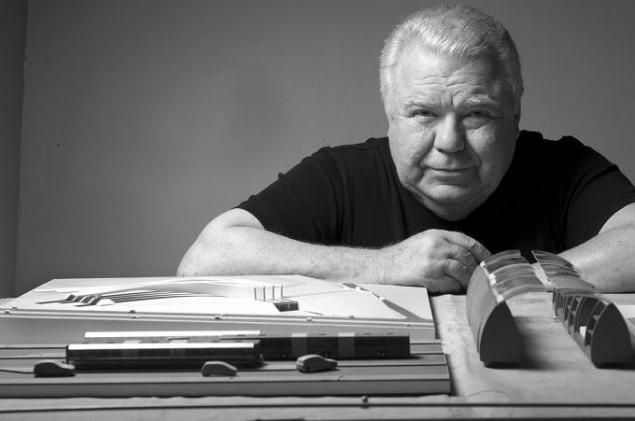

Today, Curitiba is known as the "ecological capital of Brazil." While in the second tier of Brazilian "millionaires", immediately after the Rio de Janeiro and Sao Paulo, Curitiba came out on top in terms of life in Brazil. But it was not always so.

Curitiba did not play a significant role in the development of Brazil until 1853: then this little southern town became the capital of the State of Parana. But tactics are inconsistent government capital brought to desolation: the unfinished huts side by side with the elite high-rise buildings, the city had a shoestring budget wasted on the construction of highways. Bad road led to the pair of air pollution, more frequent flooding. In a society reigned: universal poverty, unemployment, increased levels of juvenile delinquency.

As in such difficult conditions, without funding the city managed to rise from the ruins and provide a high quality of life? On social activity not count - the population of Curitiba was not ready to fight for a dignified existence. Initiative for the Development of urban space took on one person - the mayor of the city engineer and architect Jaime Lerner (Jaime Lerner).

The revolutionary program of the mayor, the architect called "triangle of Lerner." Its concept involves not only the modernization of the urban space (creation of a unique landscape, a change in the public transport system), and social security of citizens - both material and spiritual.

From the city of Curitiba vehicles turned into a "city for people": 160 kilometers of bicycle paths are combined with 31 fleet. Taking a walk on the updated downtown pedestrians breathe fresh and clean air, as car traffic brought outside the city and allowed only five runs. In the center of the city is now romp only eco-buses that move noiselessly along magnetic rails. Urban infrastructure as much as possible take into account the personal space of each person: no crowding at bus stops. Do you want to ride - to stand in line. And from the Brazilian sun protection glass cylinder, raised above the ground. People began to get out of their homes, and residents in the dictionary a new term - "walk." After all, before the arrival of a Lerner it was almost impossible.

Cleared of urban space and impose order in the minds of citizens. The initial protest of the working population, slogans calling dig unique landscape gave way to active citizenship in favor of modernization and improvement of the urban environment. Thus, the unemployed or low-income residents of Curitiba pick up the garbage and bring it to a special database, and in return receive food or free use of the eco-bus. Urbanization of the population - another cornerstone of the policy of Lerner. In the minds of the townspeople gradually laid the new values: a decent education, a stable income, mutual respect. Every resident of Curitiba obliged to land at least one tree. He even plants do not buy - the government gives out free for two seedling buyers of land.

The model developed in Curitiba, is taken over a variety of countries from poorer third world metropolises to giperurbanizirovannyh of the first echelon. Among the fans of Curitiba you can find and Russia. In 2008, at the invitation of the governor of Perm, Oleg Chirkunov, the former mayor of Curitiba, he visited Perm region and participated in the development of a new concept of development of the city.
Opera Aram

Oscar Niemeyer Museum

Case Western Reserve University



